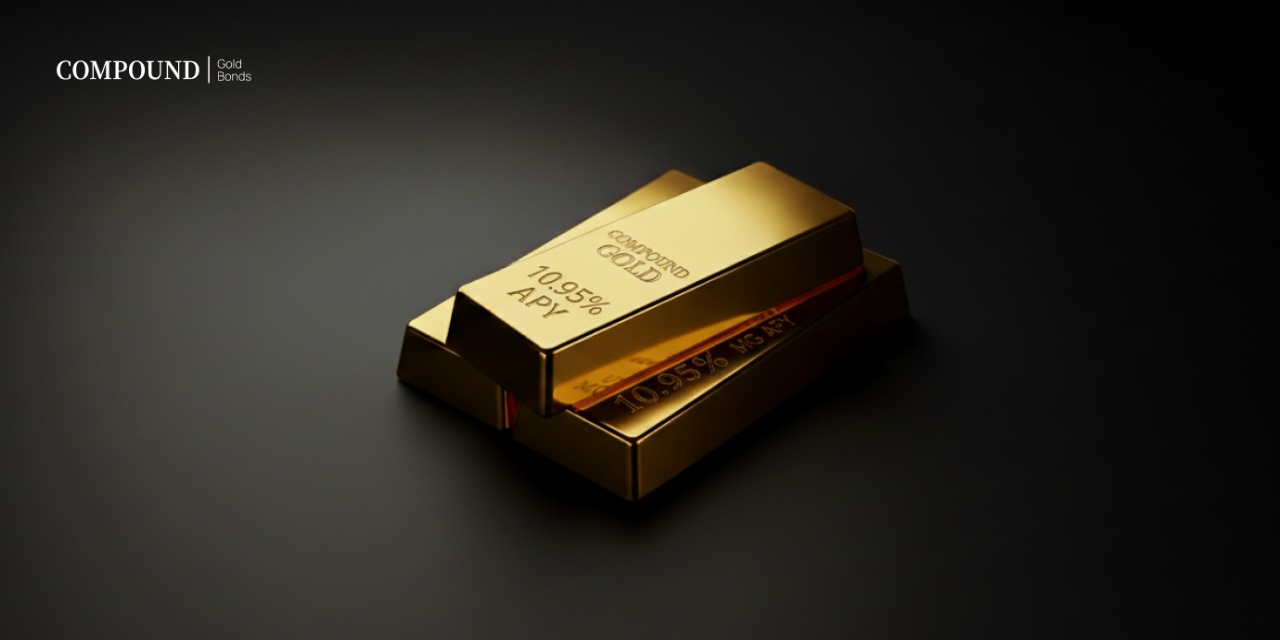Gold has performed well this year as high inflation and high interest rates pushed many investors towards the safety of precious metals. Gold is very popular as a hedge against financial instability when other assets or the economy seem uncertain. Recent examples, like Costco's gold bars selling out rapidly, reflect just how eager some investors are to own gold.
However, though gold offers diversification and stability, buying gold is not an easy decision. Here is a quick overview of how you can buy gold and the pros and cons for each type.
How to Invest in Gold
You can invest in gold by buying it in physical, such as gold bars or coins, or through various non-physical options, including stocks or funds pegged to the gold market. Here is a breakdown of each method.
1. Physical Gold
Investing in physical gold can be challenging for those used to online trading, as it often involves dealers outside traditional brokerages, along with costs for storage and insurance. Physical gold investment options include bullion, coins, and jewelry:
- Gold Bullion
Gold bullion, often imagined as large gold bars in a vault, comes in sizes from a few grams to 400 ounces, though one- and 10-ounce bars are most common. High costs make reputable dealers, insured delivery, and secure storage essential. - Gold Coins
Popular gold coins like American Gold Eagles and Canadian Maple Leafs weigh one or two ounces. Coins may have markups over their gold content, particularly collectible types, so buying from licensed dealers is usually safer. - Gold Jewelry
Gold jewelry offers wearable value but often includes markups and requires careful sourcing to ensure authenticity. Purity levels also vary, affecting the piece's raw gold value, so documentation and reputable sellers are key.
2. Gold Stocks
Gold stocks are equities in firms that exchange gold publicly, such as mining businesses. They represent an opportunity to invest in the business of gold without owning the gold directly. In many ways, investing in gold stocks carries the same risks as any other individual stock investment, but it gives you control over which companies you invest in. One investor prefers businesses with good environmental policies.
You need a brokerage account so that you can favor particular companies from which you buy shares based on your wishes with the gold stocks.
3. Gold Funds (ETFs and Mutual Funds)
Through a mutual fund or an ETF, a gold fund allows its owner to own pieces of a number of gold-related assets without having to buy actual gold. Gold funds are liquid, and unlike owning physical gold, they carry the benefit of diversification since most gold funds have holdings in mining and processing companies.
Benefits: Gold ETFs and mutual funds have legal protections incorporated within them as well as are relatively easy to buy or sell.
Considerations: Most of these accounts charge management fees, which could affect your bottom line.
4. Gold Futures
Gold futures contracts refer to the agreement to sell and purchase a particular volume of gold at a later time while traded on an exchange. With regard to liquidity, the availability is very high for future. There are also no management fees for such purchases. However, its risk level is very complicated with huge potential losses that even one can lose more money beyond their initial investment if not cautious.
5. Compound gold bonds
Compound Gold Bonds can be an attractive investment product for those looking for both good returns and stability in assets backed by gold. Since it is structured like a Certificate of Deposit (CD), compound gold bonds are especially marketed to accredited investors looking for a reliable, gold-backed asset to secure their future. The bonds combine the intrinsic value of gold with the power of compounding interest, offering fixed, competitive yields with term flexibility in 1, 3, or 5 years. Investors benefit from both the stability of gold and higher returns than typical fixed-income products with up to 10.95% APY on longer-term bonds.

Benefits of Investing in Compound Gold Bonds
- High APY and Returns
With rates ranging from 8.95% to 10.95% APY based on the term, Compound Gold Bonds offer higher yields than most fixed-income options. This makes them an attractive choice for investors looking to maximize returns while benefiting from the stability of a gold-backed asset. - Daily Compounding Interest
Unlike typical investment vehicles, these bonds feature daily compounding, which accelerates growth and significantly boosts total returns over time, ensuring investors maximize their earnings from day one. - Gold-Backed Security
Investments are backed by high-quality, real gold assets, including physical gold, gold loans, and gold-related equities, offering a robust layer of security and stability even in uncertain economic times. - Tax-Advantaged with IRA Eligibility
For U.S. investors, Compound Gold Bonds can be held in an IRA, allowing for tax-free growth, which enhances long-term returns. - First Loss Protection
In case of any default, the company bears the initial losses, ensuring investors have an added layer of protection, which provides peace of mind.
By combining these unique features, Compound Gold Bonds offer a compelling solution for investors looking to diversify their portfolios with an asset that offers both growth potential and financial security.

.png)